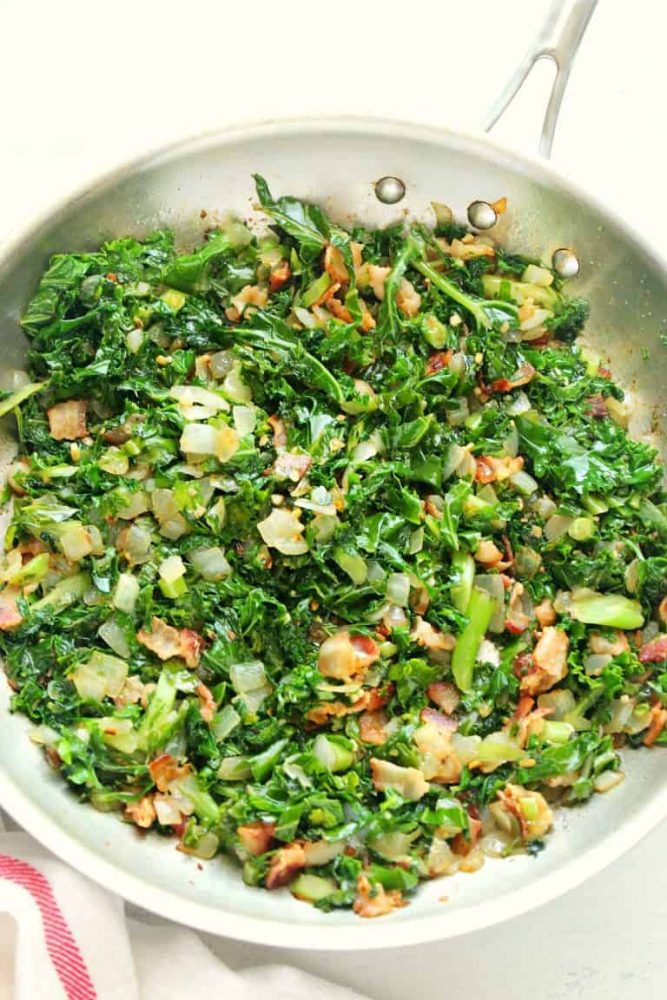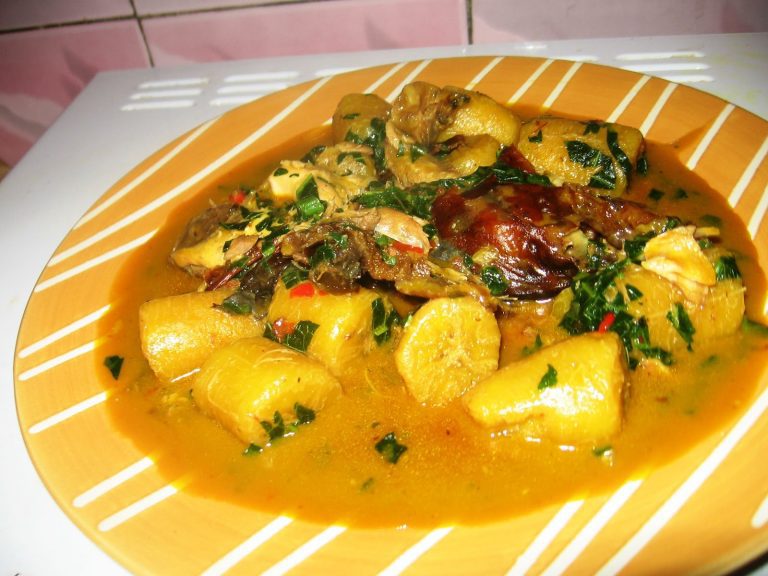Delicious Kale Recipes The Nigerian Kale Stew Efo Tete
Delicious Kale Recipes: The Nigerian Kale Stew (Efo Tete)
Nigerian Kale Stew, also known as Efo Tete, is a delicious and nutritious dish that is packed with flavor. It is a popular recipe in Nigerian cuisine, known for its vibrant green color and the unique taste of kale. This stew is not only delicious but is also very easy to make, making it a perfect addition to your weeknight meals. In this article, we will explore the wonderful world of Nigerian kale stew and provide you with some delicious recipes to try at home.
Kale is a nutrient-rich leafy green vegetable that is popular all around the world. It is known for its high content of vitamins A, C, and K, as well as minerals like calcium, potassium, and iron. Nigerian cuisine has been incorporating kale into various dishes for a long time, and one of the most popular recipes is the Nigerian Kale Stew, also called Efo Tete.
Efo Tete is a traditional Nigerian stew that is typically made with a combination of kale, assorted meats or fish, and a variety of flavorful spices and seasonings. The result is a rich and hearty dish that is sure to satisfy your taste buds. This stew is not only delicious but also a great way to incorporate more greens into your diet.
The Ingredients for Nigerian Kale Stew
To make a delicious batch of Nigerian Kale Stew, you will need the following ingredients:
– 2 bunches of fresh kale
– 1 medium-sized onion
– 2-3 medium-sized tomatoes
– 2 bell peppers (red, yellow or green)
– 2 cloves of garlic
– 1 scotch bonnet pepper (optional for heat)
– Assorted meats (such as beef, chicken, or goat meat) or fish (such as smoked fish or dried fish)
– Stock cube (optional)
– Palm oil
– Salt and pepper to taste


Preparing the Ingredients
Before you start cooking, you will need to prepare the ingredients for the Nigerian Kale Stew. Here’s how you can do it:
1. Wash the kale thoroughly under running water to remove dirt and grit. Remove the tough stems and chop the leaves into bite-sized pieces. Set aside.
2. Dice the onion, tomatoes, bell peppers, and garlic. If you prefer a spicier stew, you can also chop the scotch bonnet pepper. Set aside.
3. If you are using assorted meats, cook them separately until they are tender. You can use a pressure cooker or simmer them in a pot with water and some seasoning until they are fully cooked. Once cooked, set aside.
4. If you are using fish, make sure it is properly cleaned and deboned. If using smoked or dried fish, soak it in warm water for a few minutes to reduce the smoky flavor. Once cleaned, set aside.
Cooking the Nigerian Kale Stew
Now that your ingredients are prepared, it’s time to start cooking the Nigerian Kale Stew. Here’s a step-by-step guide to help you make this delicious dish:
1. Heat palm oil in a large pot over medium heat. Once the oil is hot, add the diced onions and garlic. Sauté them until the onions are translucent and the garlic is fragrant.
2. Add the diced tomatoes and bell peppers to the pot. Stir well and let the mixture cook for about 5 minutes, or until the tomatoes are soft and well-incorporated.
3. Now it’s time to add the chopped kale. Add the kale leaves to the pot and stir well to coat them with the tomato and pepper mixture. Continue to cook for about 5 minutes, or until the kale leaves start to wilt.
4. If you are using the scotch bonnet pepper, add it to the pot at this point and stir well. Remember to handle the pepper with care, as it can be very spicy. If you prefer a milder stew, you can skip this step.
5. Add the cooked meats or fish to the pot, along with any stock or broth you may have. Stir well to combine all the ingredients.
6. Season the stew with salt and pepper to taste, and add a stock cube if desired for extra flavor. Stir well to ensure that all the flavors are well-incorporated.
7. Reduce the heat to low and let the stew simmer for about 15-20 minutes, or until the flavors have melded together and the kale leaves are tender.
Serving and Variations of Nigerian Kale Stew
Once your Nigerian Kale Stew is ready, it’s time to serve and enjoy it! This stew is traditionally served with a side of pounded yam, eba (garri), or fufu. However, it can also be enjoyed with rice or any other type of swallow (such as amala or semovita).
Here are a few variations you can try to make your Nigerian Kale Stew even more delicious:
1. Add some protein: Aside from the meats or fish, you can also add other sources of protein like cow tripe (shaki), cow skin (ponmo), or cow intestines (roundabout). These proteins add a unique texture and flavor to the stew.
2. Spice it up: If you love spicy foods, you can add more scotch bonnet peppers or even some ground chili powder to give your stew an extra kick.
3. Go vegetarian: If you prefer a vegetarian version of the Nigerian Kale Stew, you can skip the meats and fish and use vegetable stock instead. You can also add some mushrooms or tofu for added protein and texture.
Frequently Asked Questions
1. Can I use frozen kale instead of fresh?
Yes, you can use frozen kale if fresh kale is not available. Just make sure to thaw and drain the kale before adding it to the stew.
2. Can I substitute kale with other greens?
While kale is the traditional choice for Nigerian Kale Stew, you can substitute it with other leafy greens like spinach or collard greens if desired.
3. How long can I store leftovers?
Leftover Nigerian Kale Stew can be stored in an airtight container in the refrigerator for 2-3 days. Make sure to reheat it thoroughly before serving.
Final Thoughts
In conclusion, Nigerian Kale Stew, also known as Efo Tete, is a delicious and nutritious dish that is easy to make and full of flavor. It is a great way to incorporate more greens into your diet and can be enjoyed with a variety of side dishes. Whether you’re a fan of Nigerian cuisine or looking to try something new, this recipe is sure to satisfy your taste buds. So why not give it a try and see for yourself how delicious kale can be!







